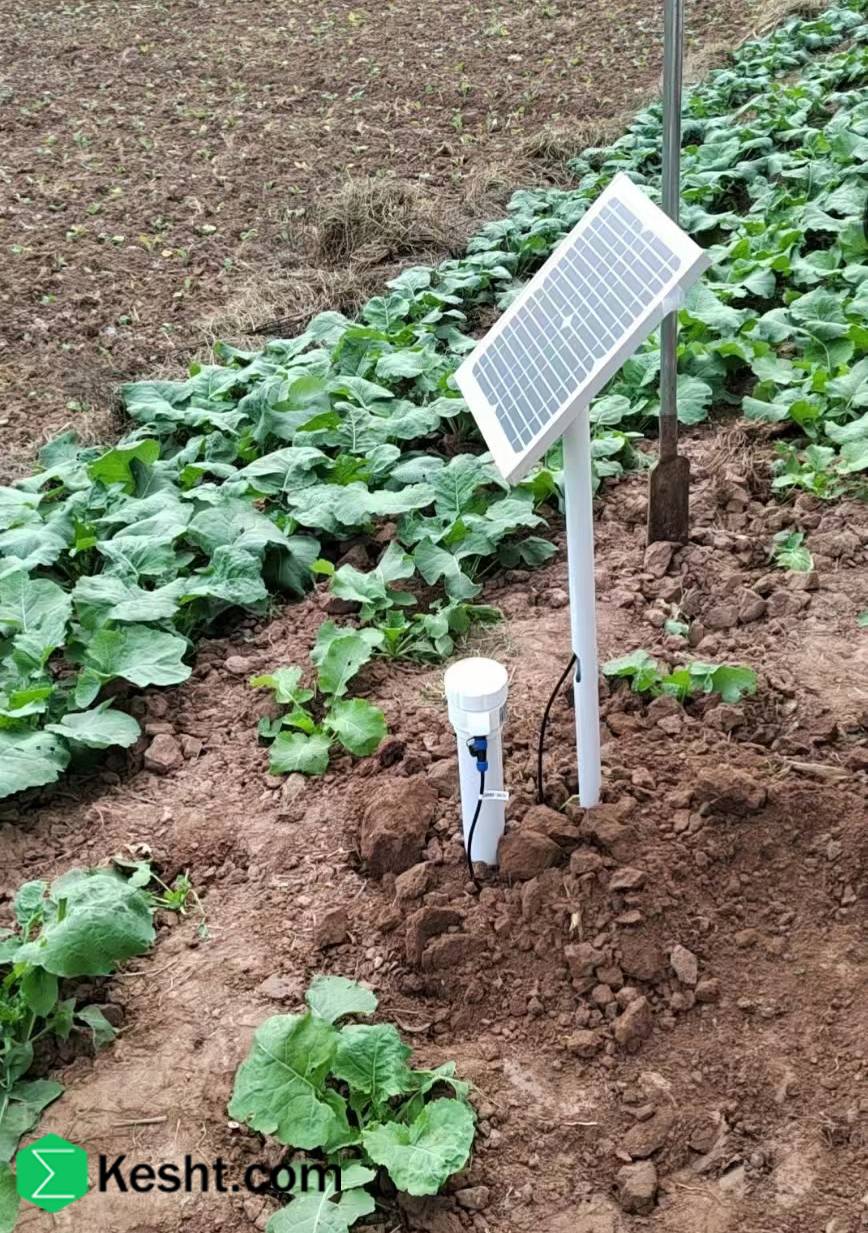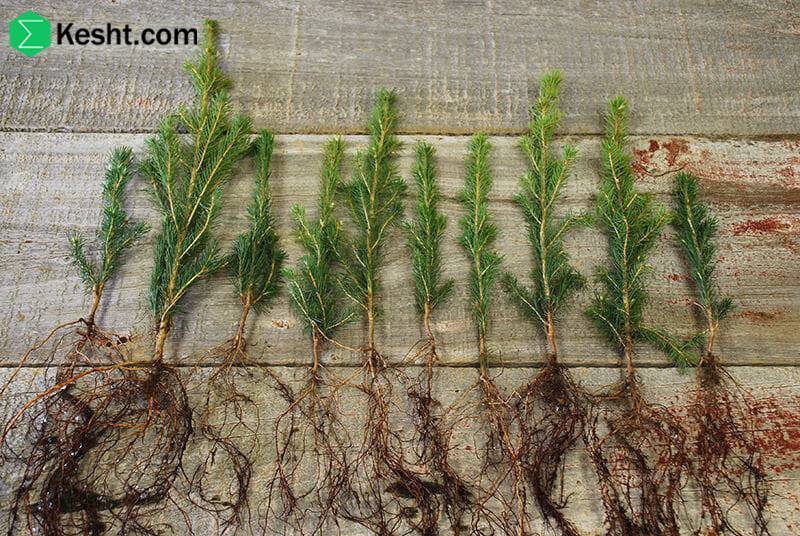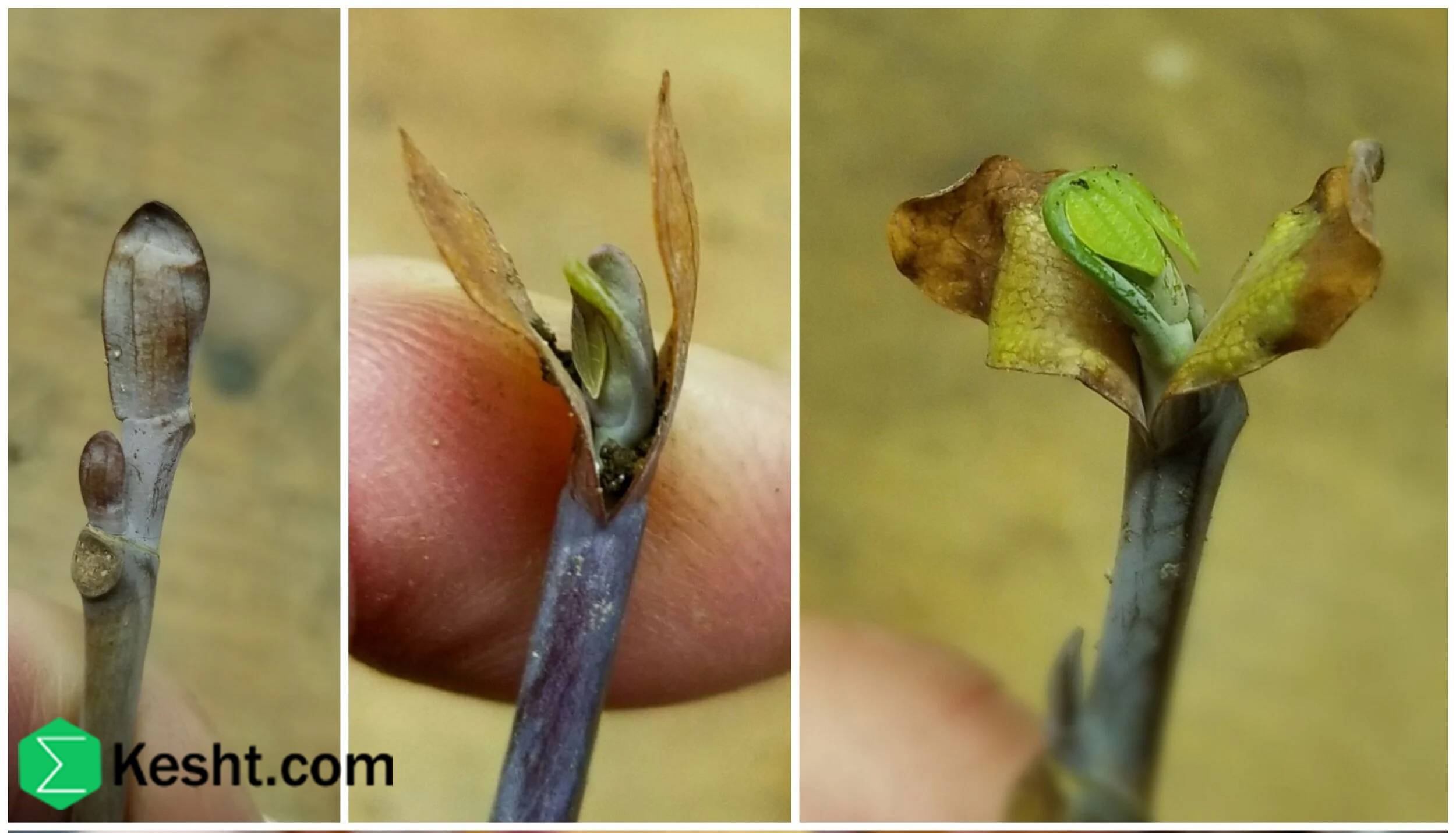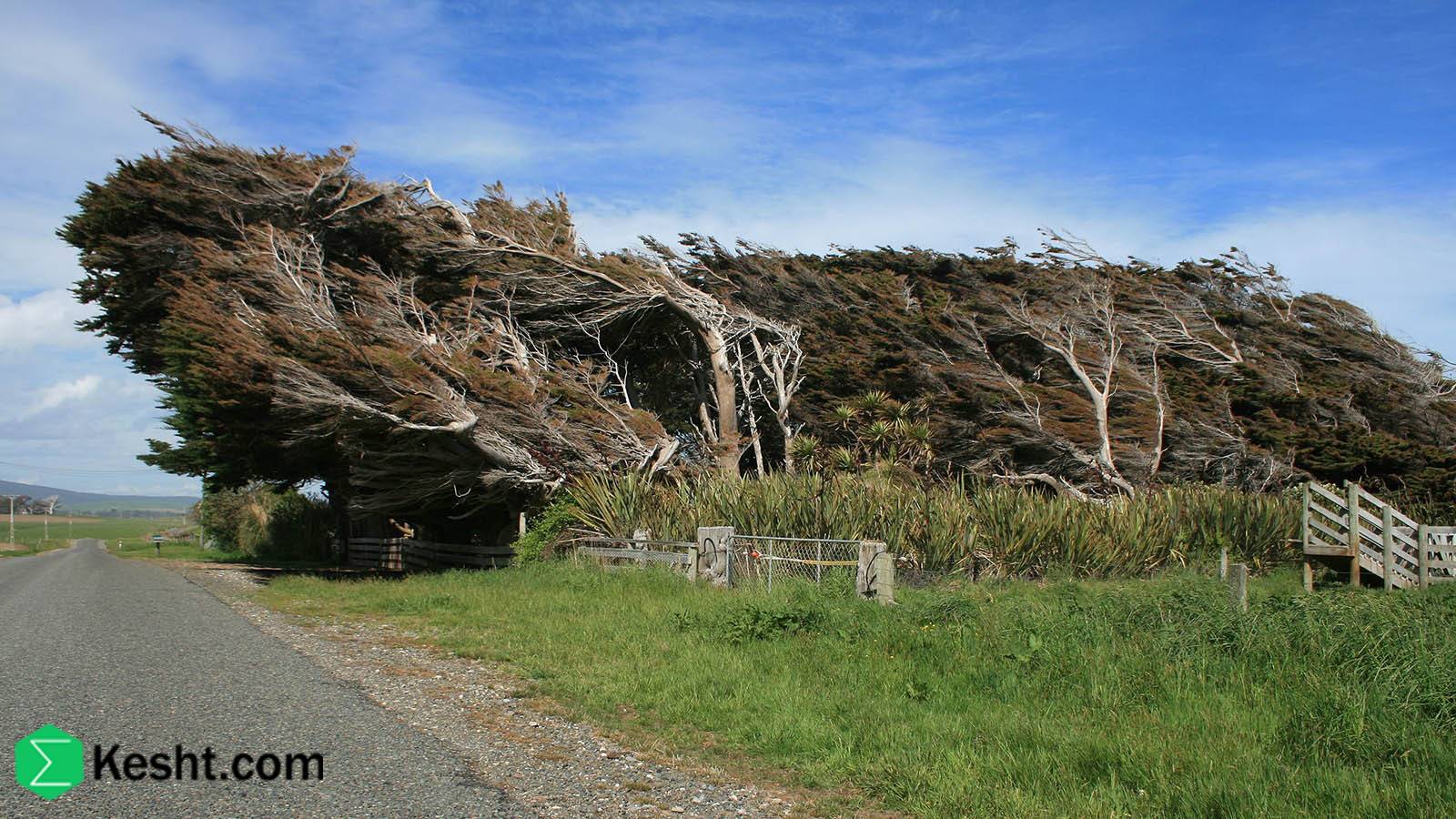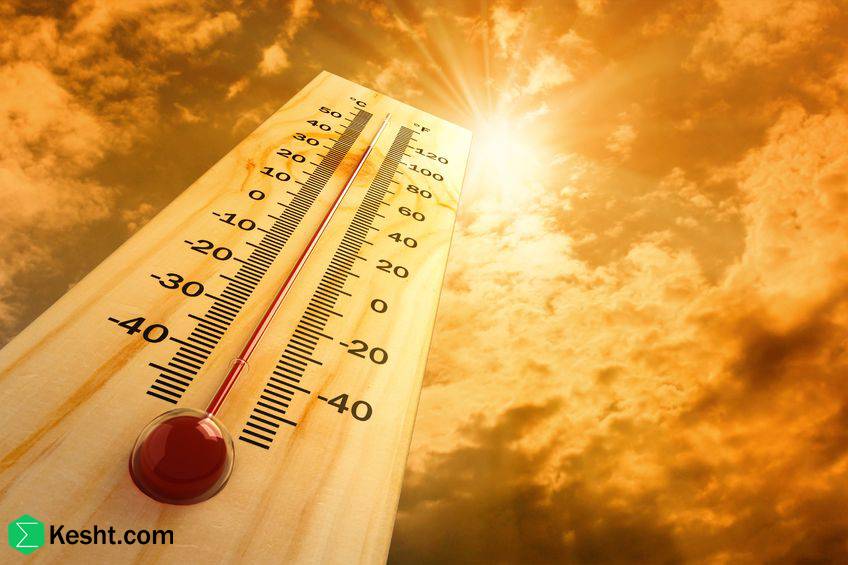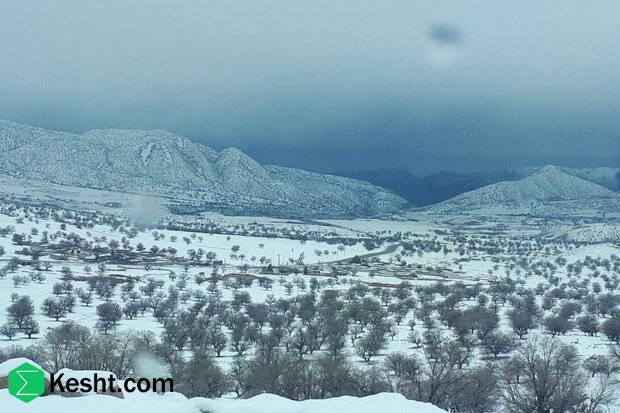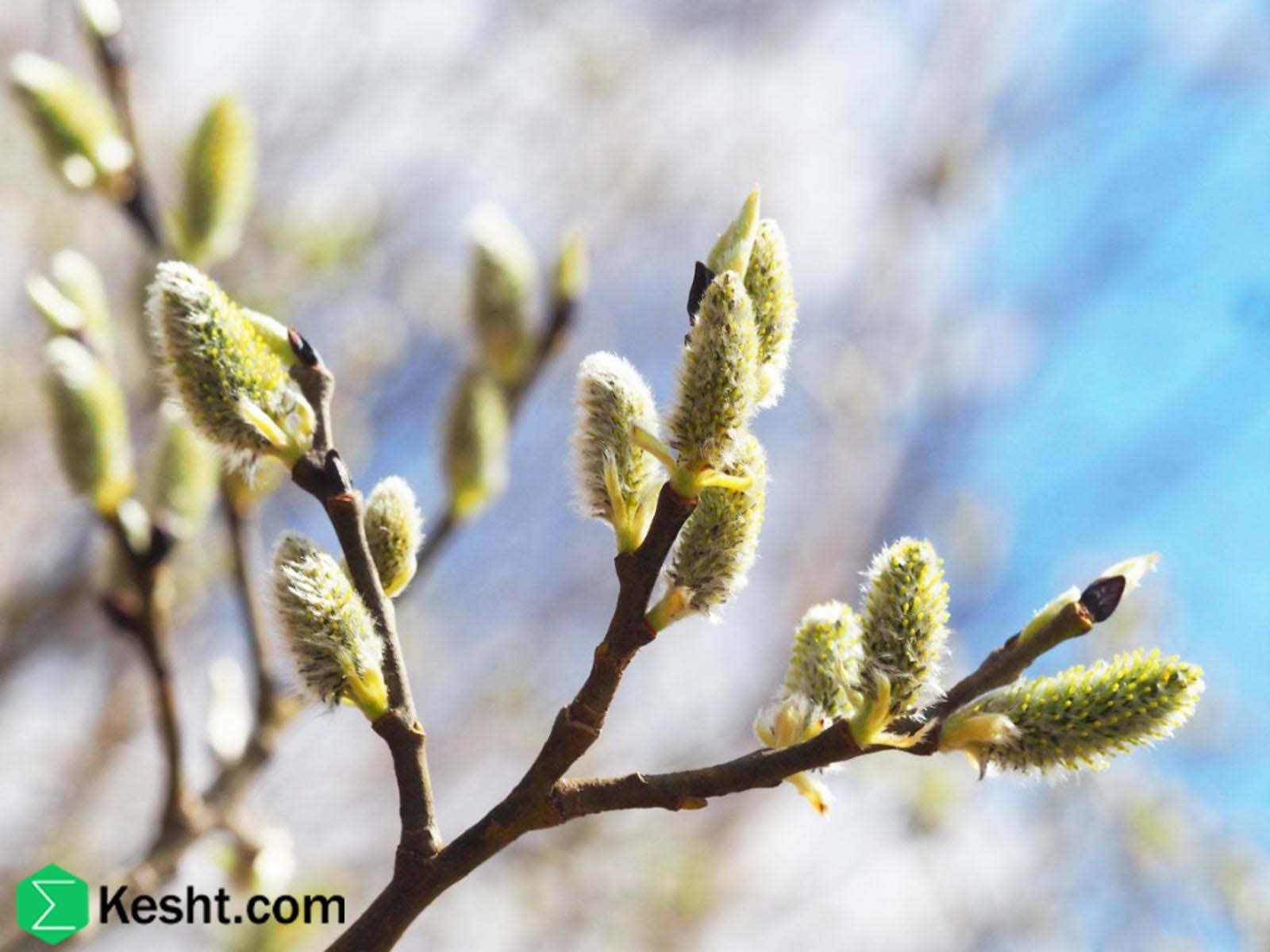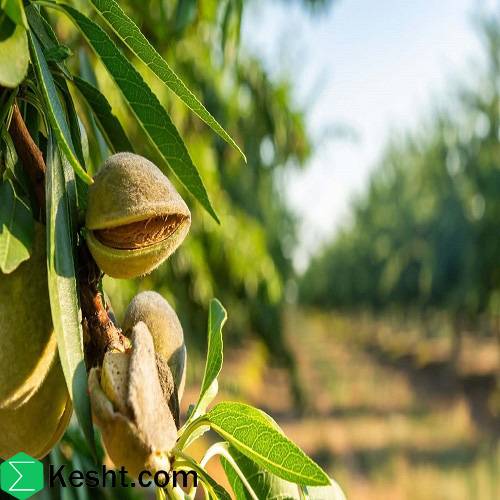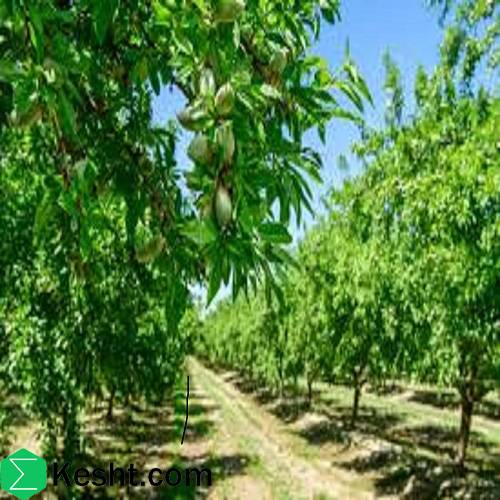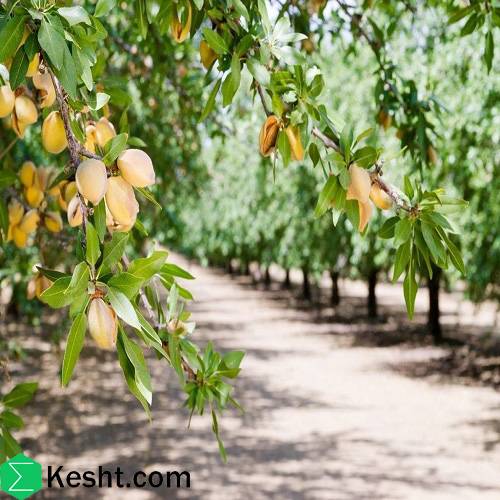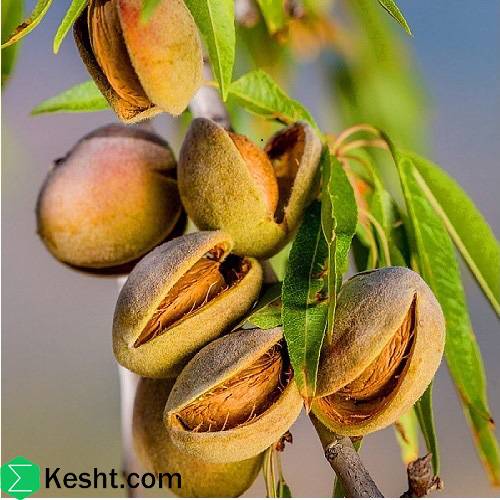Soil Temperature at Depth
Here is a complete and practical explanation of soil temperature at depth—especially for planting and maintaining saplings. “Soil temperature at depth” is a key concept in agriculture, civil engineering, and environmental science. It is not a simple topic and is influenced by multiple factors.
What is soil temperature at depth?
Soil temperature at depth refers to the temperature of subsurface soil layers (typically from 5 cm down to 1 m and deeper). It differs from air temperature and is affected by:
- Solar radiation
- Soil moisture
- Soil type (sandy, clayey, loamy)
- Vegetative cover or mulch
- Season and latitude
- Rainfall and irrigation
Why does soil temperature at depth matter for saplings?
Root growth
- In their first year, sapling roots are most active in the shallow layers (10–30 cm).
- Optimal soil temperature for root growth in most trees: 15–25°C
- Below 10°C: root growth essentially stops.
- Above 35°C: fine roots are damaged or die → impaired water and nutrient uptake.
The soil acts as a thermal insulator—this is the most important principle to remember. As depth increases, soil temperature behaves differently than at the surface. Two main phenomena occur:
- Damping (reduced fluctuation): Both daily and seasonal temperature swings diminish with depth. Soil behaves like a blanket, buffering rapid changes in air temperature and solar heating.
- Time lag: Temperature changes reach deeper layers with a delay. It takes time for summer heat to penetrate to 1 m, or for winter cold to reach that depth.
A simple example:
- Surface: On a summer day, surface soil may reach 50°C at noon and drop to 20°C at night (±15°C around a 35°C mean; 30°C swing).
- 30 cm depth: On the same day, the temperature might vary only between 28 and 32°C (4°C swing).
- 1 m depth: The diurnal fluctuation is near zero; the temperature remains almost constant.
Bud activity and metabolism
- Bare-root or young saplings begin growth only when soil temperature at depth is adequate—even if the air is already warm.
Example: Apple roots begin active growth when soil at 20 cm is above about 7–10°C, even if air temperature has reached 20°C.
- Microbial activity: Beneficial soil microbes operate within specific temperature ranges critical for decomposing organic matter and making nutrients available.
Heat-stress resilience
- In summer, surface soil can reach 45–60°C—but at 30–50 cm depth, temperatures are typically 5–15°C lower.
- Saplings with deeper roots tolerate heat waves better.
How soil temperature changes with depth (stepwise)
| Soil depth | Typical temperature (summer daytime) | Notes |
| 0–5 cm | 40–60°C | Directly exposed to sun — highly variable |
| 5–15 cm | 30–40°C | Active layer for young sapling roots — heat-sensitive |
| 15–30 cm | 25–30°C | Safer zone for root growth — relatively stable |
| 30–60 cm | 20–25°C | Ideal layer for permanent roots — less impacted by swings |
| 60–100 cm | 18–22°C | Nearly constant — even in summer |
Note: These figures reflect temperate to semi-warm regions. Desert and highland climates differ.
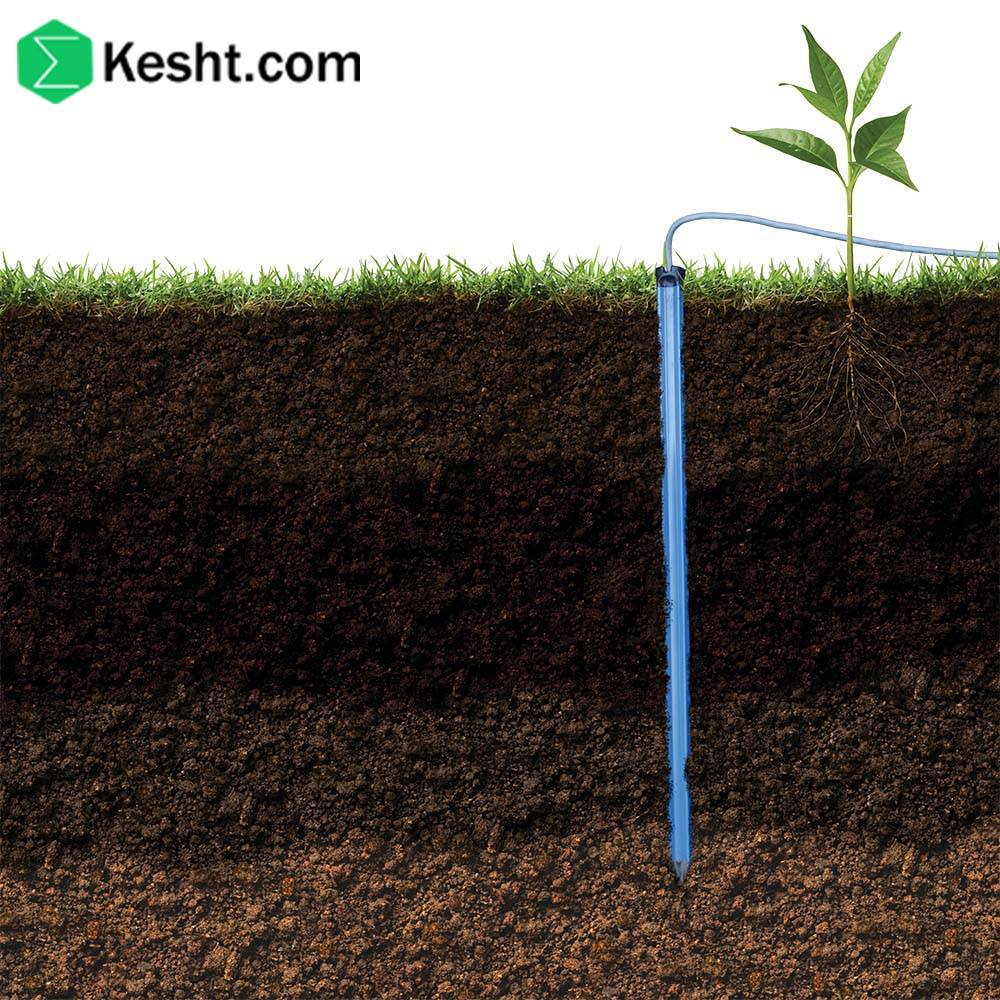
How to measure soil temperature at depth
- Method 1 → Soil thermometer
- A probe-type device measuring at depths of 10, 20, 30 cm, etc.
- Affordable — suitable for small to mid-size nurseries.
- Method 2 → Digital sensors with data loggers
- Record temperature at multiple depths over time.
- Suitable for industrial nurseries and research projects.
- Method 3 → Estimation from air temperature and soil type (if tools are unavailable)
- Soil temperature at 10 cm ≈ mean air temperature minus 2–5°C (depending on cover and moisture).
- Sandy soils show larger temperature swings; clay soils show smaller swings.
Soil type (texture and color)
- Dark soils: Absorb more solar energy and warm faster.
- Sandy soils: Heat and cool quickly due to higher air porosity (weaker insulation).
- Clay soils: Warm and cool more slowly due to higher water-holding capacity.
Soil moisture
- Water has a high specific heat. Moist soils require more energy to change temperature. Thus, moist soil warms and cools more slowly and has more stable temperatures.
Vegetative cover and mulch
- Any cover (plants, mulch, snow) acts as an extra insulating layer. It limits summer overheating and reduces winter deep-freezing.
Slope and aspect
- South-facing slopes (Northern Hemisphere) receive more direct solar radiation and tend to have warmer soils.
Why soil temperature at depth matters at different sapling stages
- Stage 1 → Before planting (winter/early spring)
- Soil at 20 cm should be above 5–7°C for root activity to begin.
- Planting in cold soil (<5°C) → roots do not grow → saplings risk rot and death.
- Stage 2 → After planting (spring/summer)
- Optimal soil temperature at 15–30 cm = 20–25°C → maximum root growth.
- If >35°C → young roots can be scorched → use mulch or cooling irrigation.
- Stage 3 → Summer and heat waves
- Surface may hit 50°C — but ~25°C at 40 cm.
- Goal: Encourage deeper rooting via deep, infrequent irrigation.
- Stage 4 → Autumn and winter preparation
- As soil drops below ~10°C, root growth slows.
- A final deep irrigation before the first hard freeze is essential.
Management strategies to moderate soil temperature at depth
- Strategy 1 → Mulching
- Straw, leaf mold, wood chips, or white plastic on the surface.
- Can reduce surface soil temperature by 8–10°C, conserve moisture, and dampen fluctuations.
- Strategy 2 → Deep, infrequent irrigation
- Apply larger volumes at longer intervals (e.g., weekly).
- Water penetrates deeper, cooling and moistening subsurface layers.
- Strategy 3 → Planting in a deeper, improved pit
- Dig planting holes at least 50–60 cm deep.
- Amend backfill with compost/organic matter to improve water-holding and thermal buffering.
- Strategy 4 → Temporary shading
- Shade cloth or portable shade structures over rows.
- Reduces direct radiation → lowers surface soil heat.
- Strategy 5 → Choose deep-rooting species
- Species like walnut, almond, olive, and Prosopis (mesquite) develop deeper roots and resist surface heat better.
Regional differences in Iran
| Region | Soil temperature at 30 cm (summer) | Special recommendation |
| North (humid/mild) | 25–30°C | Mulch is essential — irrigate more frequently |
| Central (desert) | 35–45°C at surface — 25–30°C at 30 cm | Deep irrigation — heavy mulch — shading |
| West (mountainous) | 20–25°C | Spring planting suitable — frost risk persists |
| South (hot and humid) | 30–35°C | Ensure aeration/drainage — prevent root rot |
Consequences of ignoring soil temperature at depth
| Mistake | Consequence |
| Planting in cold soil (<5°C) | Roots do not grow → sapling dies or remains weak |
| No mulch in summer | High surface temps → surface roots burn |
| Frequent, shallow irrigation | Roots stay shallow → vulnerable to heat and drought |
| Not measuring temperature | Poor decisions on planting time or irrigation |
Conclusion
- Soil temperature at depth is one of the most important determinants of success in planting and maintaining saplings—often more important than air temperature.
- Saplings with shallow roots are highly vulnerable to hot soils — managing soil temperature = managing survival.
- Mulching, smart irrigation, and measuring soil temperature are the simplest and most effective tools.
Golden rule for nursery managers
Measure the soil temperature before planting—not the air temperature.
Practical recommendation
If your nursery is in a hot-summer region, do at least these three:
1) In spring before planting, measure soil temperature at 20 cm — if it’s below 7°C, delay planting.
2) Apply a 7–10 cm mulch layer around all saplings—even if it adds cost.
3) Schedule irrigation so water infiltrates to 40–50 cm depth—not just wetting the surface
